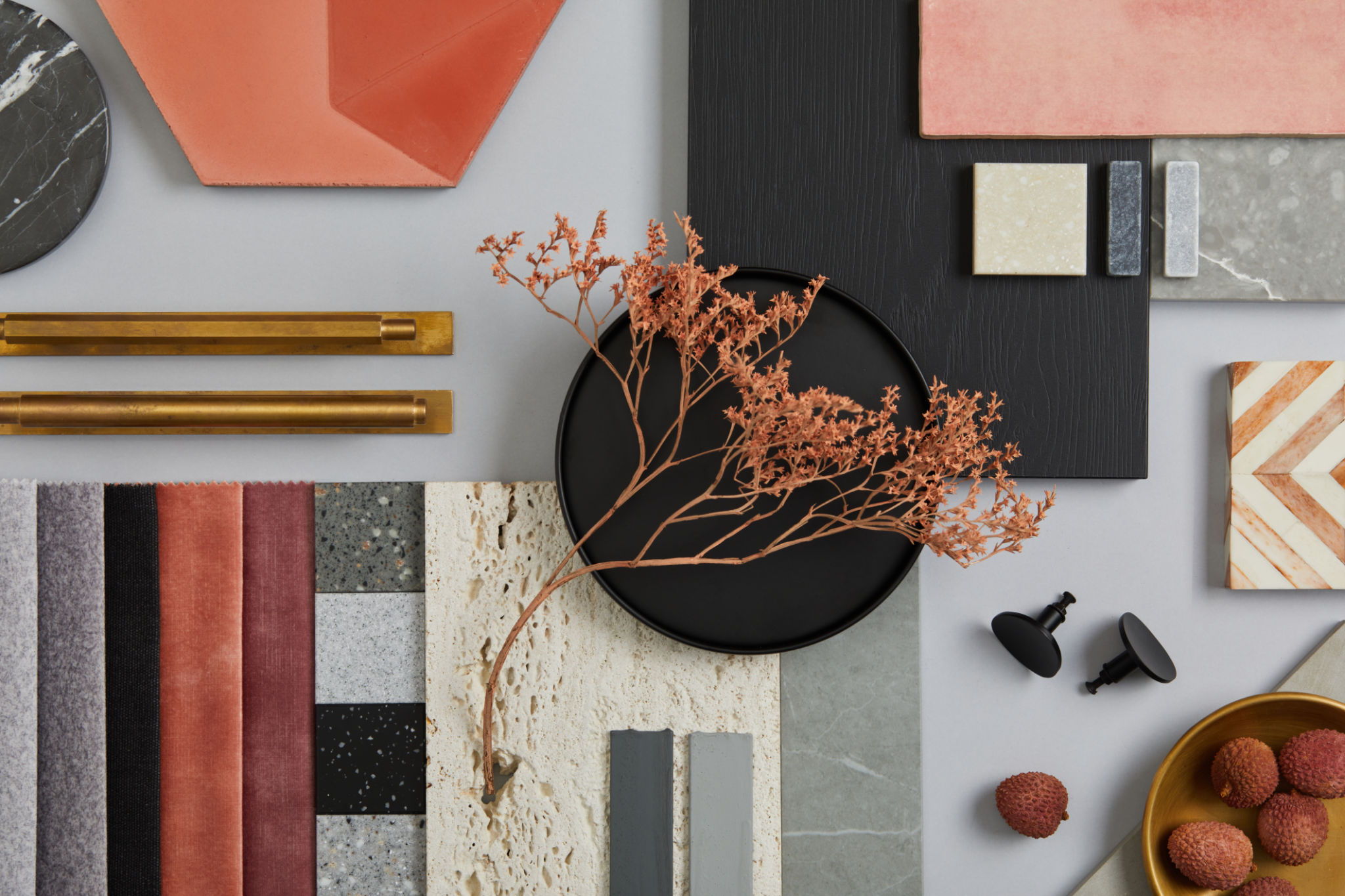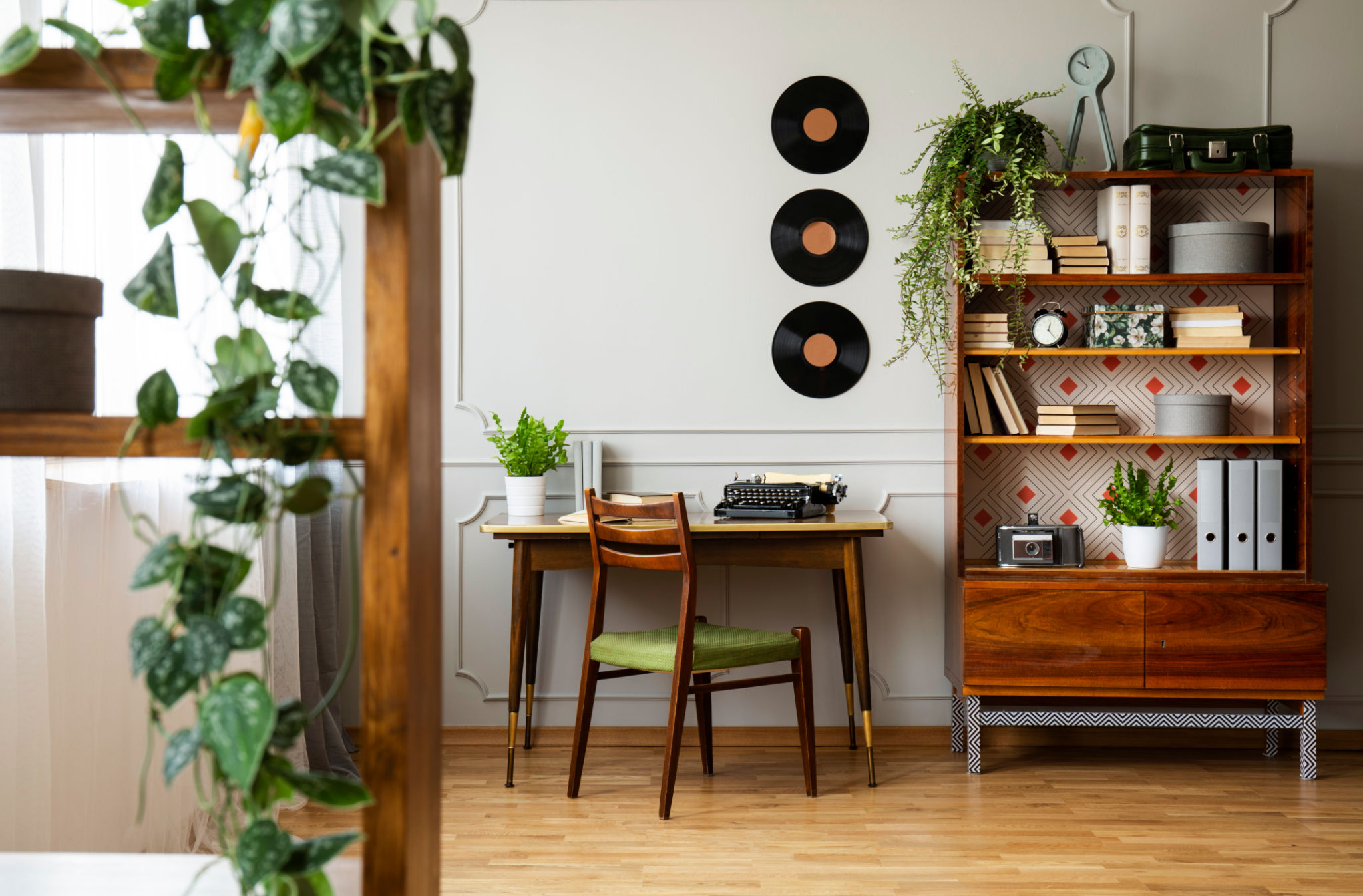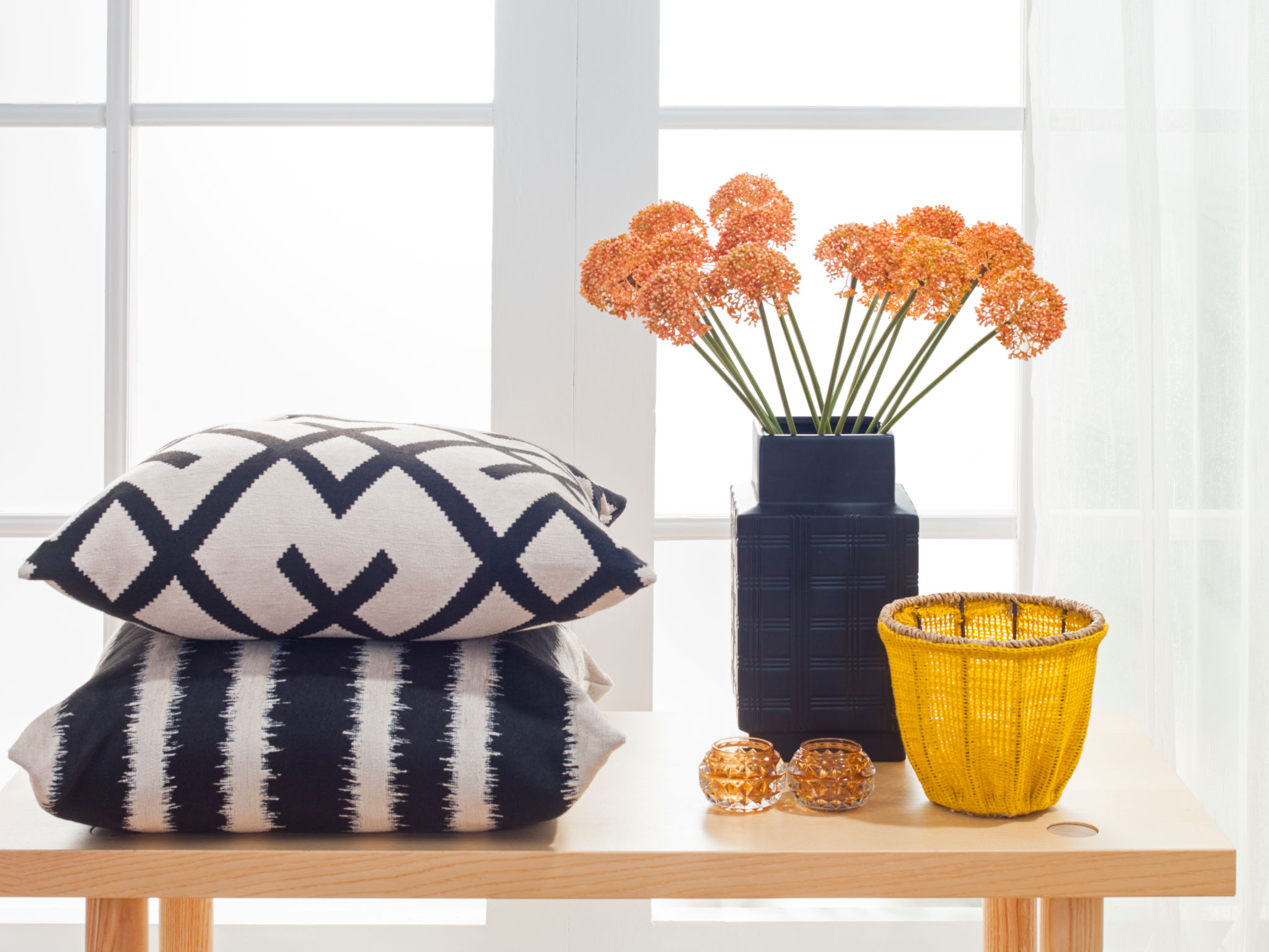Expert Tips for Choosing the Perfect Home Decor Accessories
Understanding Your Style
Choosing the perfect home decor accessories begins with understanding your personal style. Are you drawn to the clean lines of modern design, or do you prefer the rustic charm of a farmhouse aesthetic? Knowing your style will help you select accessories that complement your existing decor and create a cohesive look throughout your home.
It's helpful to gather inspiration from various sources, such as home decor magazines, online platforms, and social media. Create a mood board with images that resonate with you. This visual representation can serve as a guide when shopping for accessories, ensuring you stay true to your style.

Choosing the Right Colors
Color is a powerful element in home decor. It can influence mood, create depth, and tie a room together. When choosing accessories, consider the color palette of your space. Whether you prefer bold, contrasting colors or a more subtle, monochromatic scheme, ensuring harmony in your color choices is key.
One effective approach is to use the 60-30-10 rule: 60% of the room should be your dominant color, 30% should be the secondary color or texture, and 10% should be an accent. This method helps maintain balance in the room while allowing for creative expression through accessories.
Mixing Textures and Materials
Incorporating a variety of textures and materials can add visual interest and depth to your decor. Consider mixing elements such as wood, metal, glass, and textiles. This combination can bring warmth and character to any space.
When selecting accessories, think about how they will interact with existing furniture and decor. A plush throw blanket can soften a leather sofa, while a metal sculpture can add an industrial edge to a wooden shelf. The key is to create contrast that is pleasing to the eye.

Scaling and Proportion
Understanding scale and proportion is crucial when selecting home decor accessories. Accessories should complement the size of the room and its furnishings, rather than overpower them. For example, a large statement piece can anchor a room, but it should be balanced with smaller, complementary items.
Consider the height and width of your space when choosing wall art, rugs, and other decor items. A tall vase can draw the eye upward and create a sense of height in a compact room, while a wide mirror can make a small area feel more spacious.
Personal Touches
Your home should reflect your personality and interests. Personal touches in your decor can make your space uniquely yours. Incorporate items that have sentimental value or tell a story, such as travel souvenirs or family heirlooms.
Displaying personal collections or artwork is another way to infuse personality into your space. These elements not only add character but also serve as conversation starters when guests visit your home.

Practical Considerations
While aesthetics are important, practical considerations should not be overlooked. Think about the function of the space and select accessories that are not only beautiful but also useful. For instance, decorative baskets can provide storage solutions, while stylish lamps offer necessary lighting.
Additionally, consider the maintenance required for certain materials or items. Delicate fabrics or intricate designs might require more care than you are willing to commit to. Choose accessories that align with your lifestyle and maintenance preferences.
Budgeting Wisely
Decorating your home doesn't have to break the bank. Setting a budget before shopping can help you make informed decisions and prioritize purchases. Decide which pieces are splurge-worthy and where you can save.
Thrift stores, flea markets, and online marketplaces are great resources for finding unique accessories at affordable prices. Don't be afraid to get creative with DIY projects that can add a personal touch without exceeding your budget.
Final Tips for Accessorizing
Accessorizing is an art that requires balance and experimentation. Don't be afraid to rearrange items or swap them out seasonally to keep your space feeling fresh and updated.
Remember that less is often more. Avoid overcrowding shelves or surfaces with too many accessories, as this can create a cluttered look. Instead, focus on curating a few carefully selected pieces that enhance the overall design of your home.
